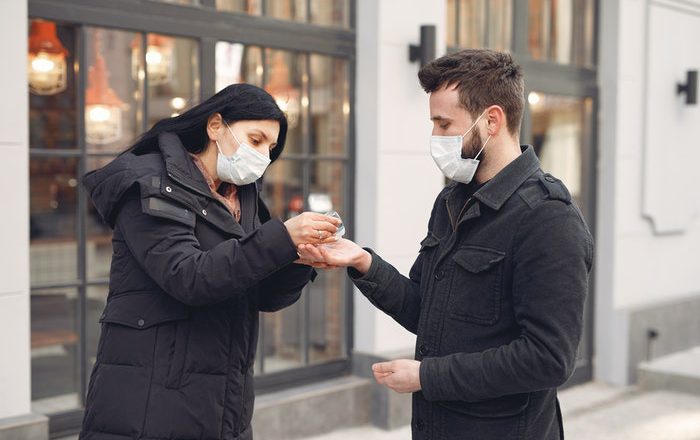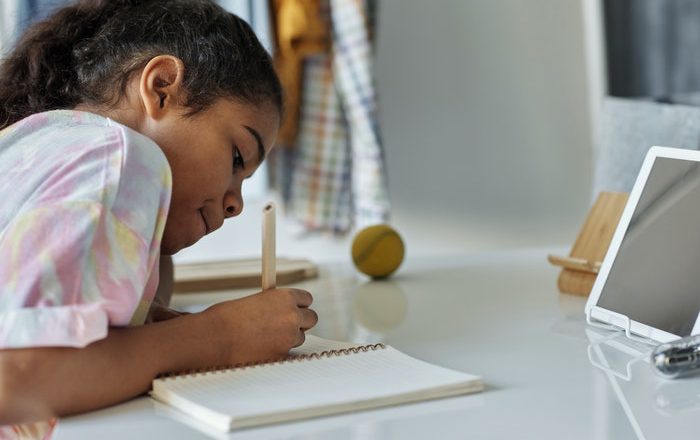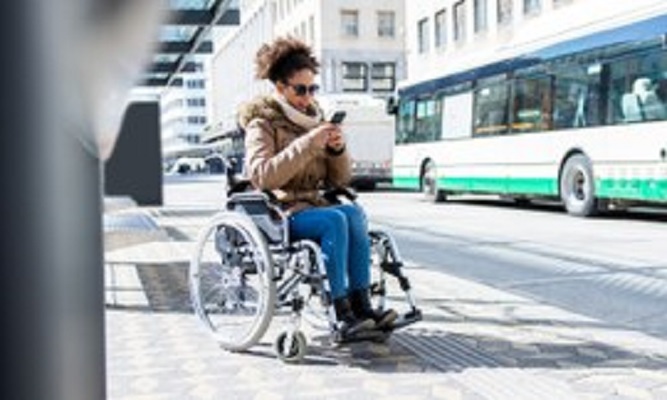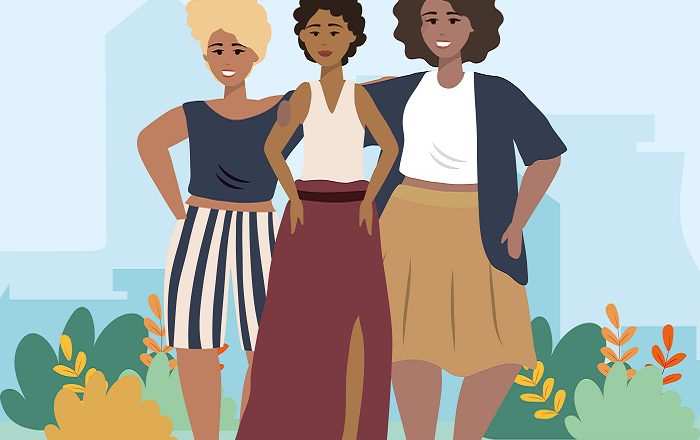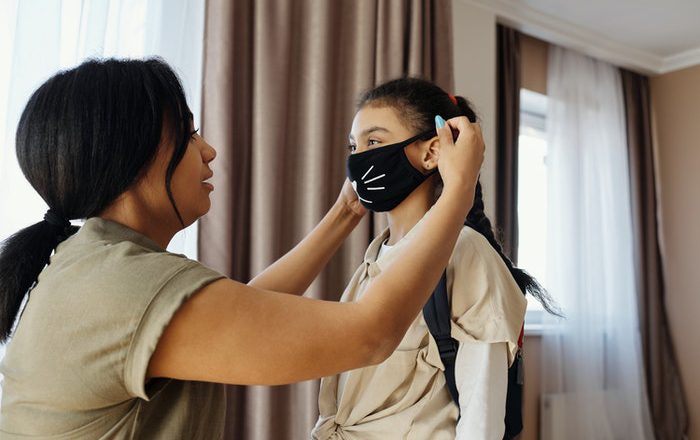‘Everyday Memorials’ Will Help – As Americans Return To Pre-Pandemic Life
David Sloane, University of Southern California
After more than 17 months of pandemic restrictions, Americans find themselves at an awkward cultural divide. As psychologist Adam Grant wrote in a New York Times article, some of us feel a true whoosh of joy at the first hug, maskless kiss and happy reunion. Many of us are shaking off post-pandemic blues by dining out, partying and grasping at every opportunity to reconnect with those family and friends that we missed for so long.
On the other side of the divide are the people who are still sick, recovering from their illness or mourning. For the millions who lost loved ones, as nursing scholars Paul T. Clements, Laurel Garzon and Tammi F. Milliken have written – unexpected pandemic deaths resulted in an “overwhelming sense of helplessness,...

